Who made the first map of india?
Who made the first map of india?
Read lessSign up to our innovative Q&A platform to pose your queries, share your wisdom, and engage with a community of inquisitive minds.
Log in to our dynamic platform to ask insightful questions, provide valuable answers, and connect with a vibrant community of curious minds.
Forgot your password? No worries, we're here to help! Simply enter your email address, and we'll send you a link. Click the link, and you'll receive another email with a temporary password. Use that password to log in and set up your new one!
Please briefly explain why you feel this question should be reported.
Please briefly explain why you feel this answer should be reported.
Please briefly explain why you feel this user should be reported.
Who made the first map of india?
Who made the first map of india?
Read lessWhat are the rare and unique bird species in the world?
What are the rare and unique bird species in the world?
Read less1. Kakapo (Strigops habroptilus) - A flightless, nocturnal parrot from New Zealand, critically endangered due to habitat loss. [caption id="" align="aligncenter" width="580"] Source: www.sci.news[/caption] 2. Spoon-billed Sandpiper (Calidris pygmaea) - Known for its unique spoon-shaped bill,Read more
1. Kakapo (Strigops habroptilus) – A flightless, nocturnal parrot from New Zealand, critically endangered due to habitat loss.
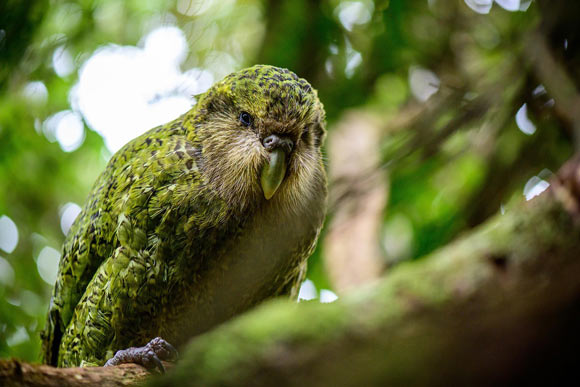
Source: http://www.sci.news
2. Spoon-billed Sandpiper (Calidris pygmaea) – Known for its unique spoon-shaped bill, this tiny migratory bird is critically endangered.
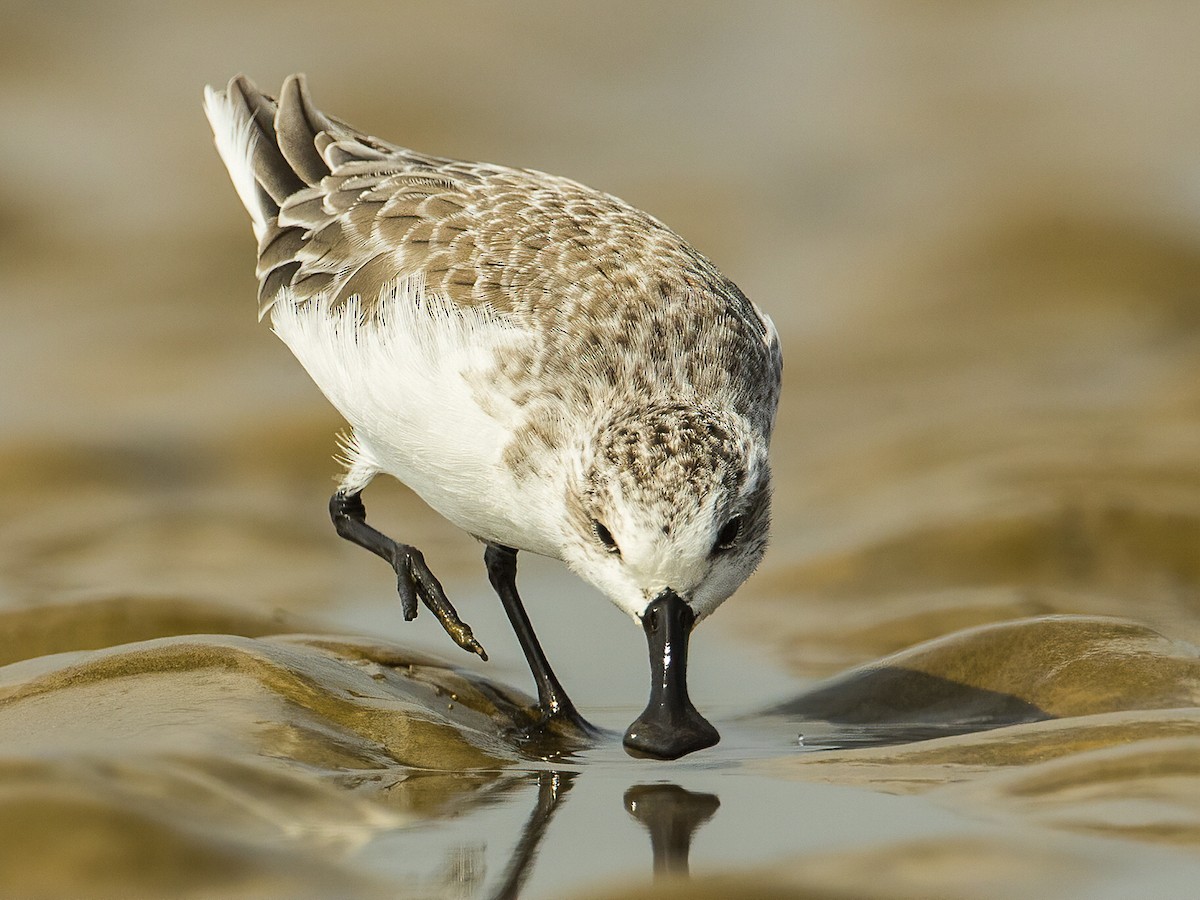
Source: ebird.org
3. Shoebill (Balaeniceps rex) – Found in East Africa’s swamps, it has a prehistoric appearance with a massive shoe-like bill.
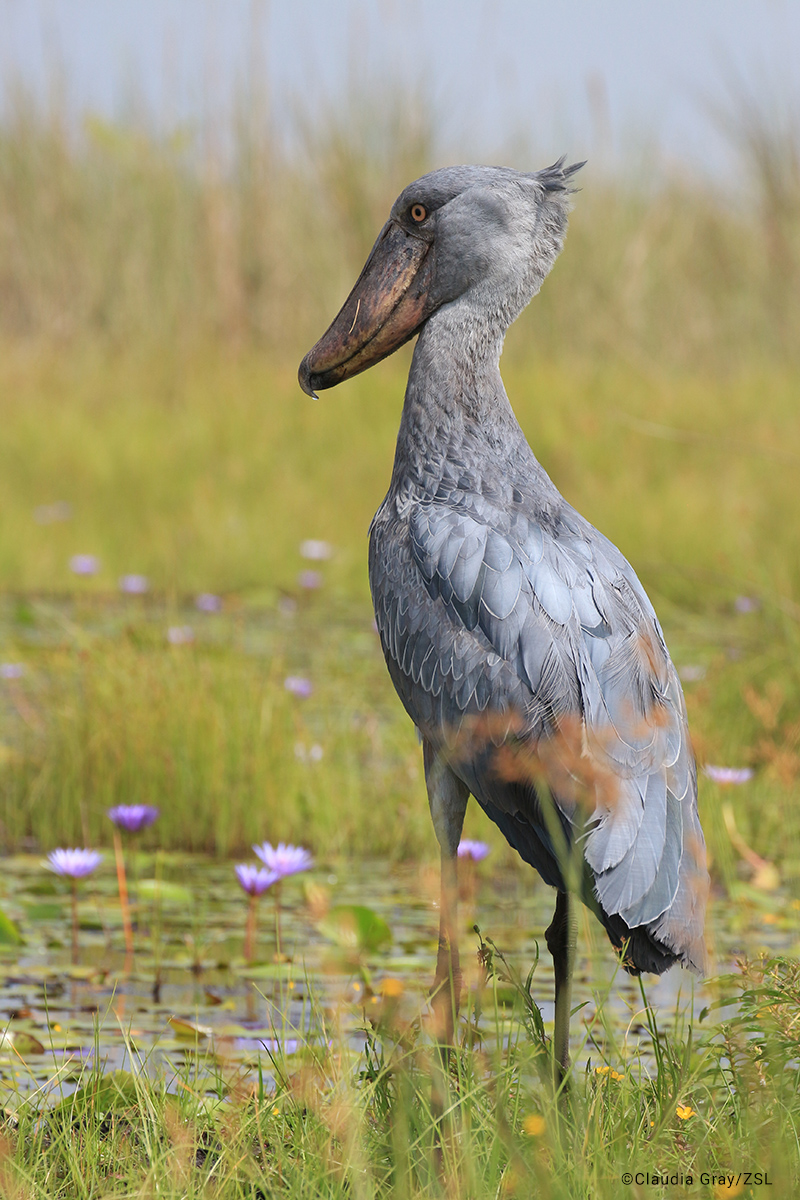
Source: http://www.edgeofexistence.org
4. Victoria Crowned Pigeon (Goura victoria) – The world’s largest pigeon, native to New Guinea, recognized for its elegant crest and striking blue feathers.
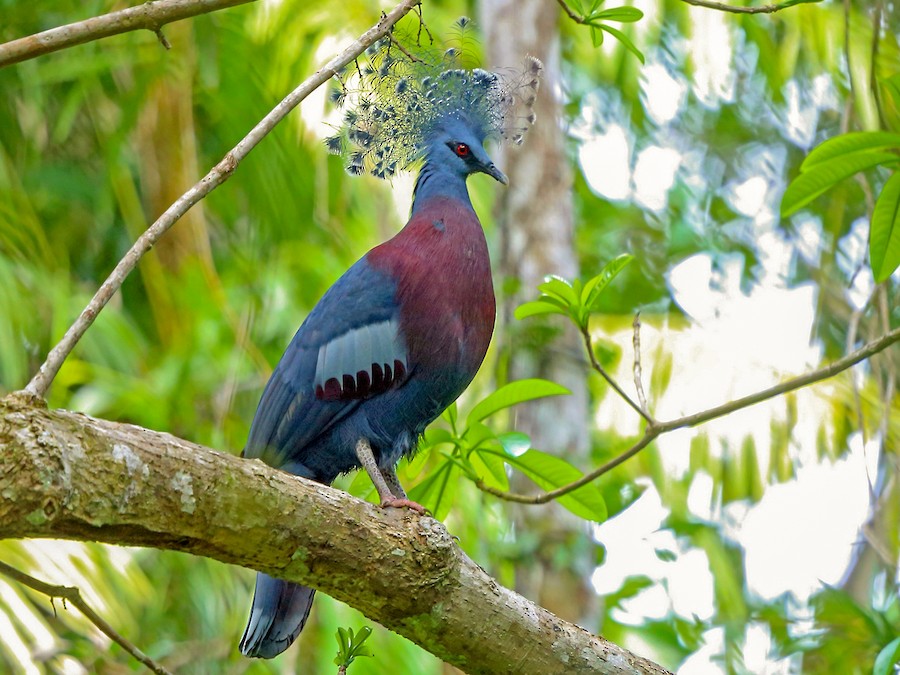
Source: ebird.org
5. Rufous-headed Hornbill (Rhabdotorrhinus waldeni) – A critically endangered species from the Philippines, known for its colorful casque and head.
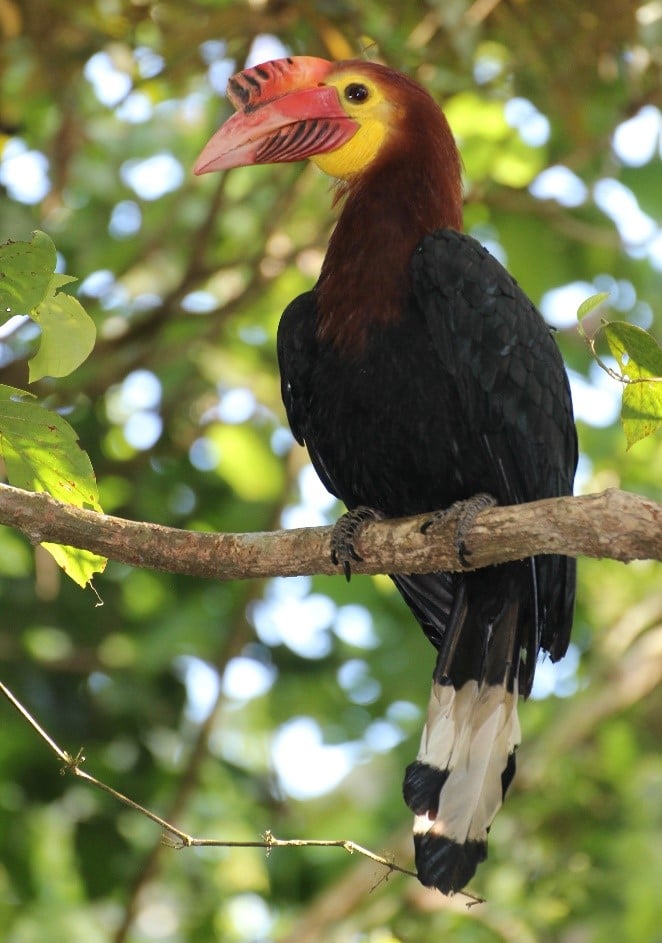
Source: philincon.org
6. Superb Bird-of-Paradise (Lophorina superba) – Famous for its elaborate courtship displays and iridescent plumage, found in Papua New Guinea.
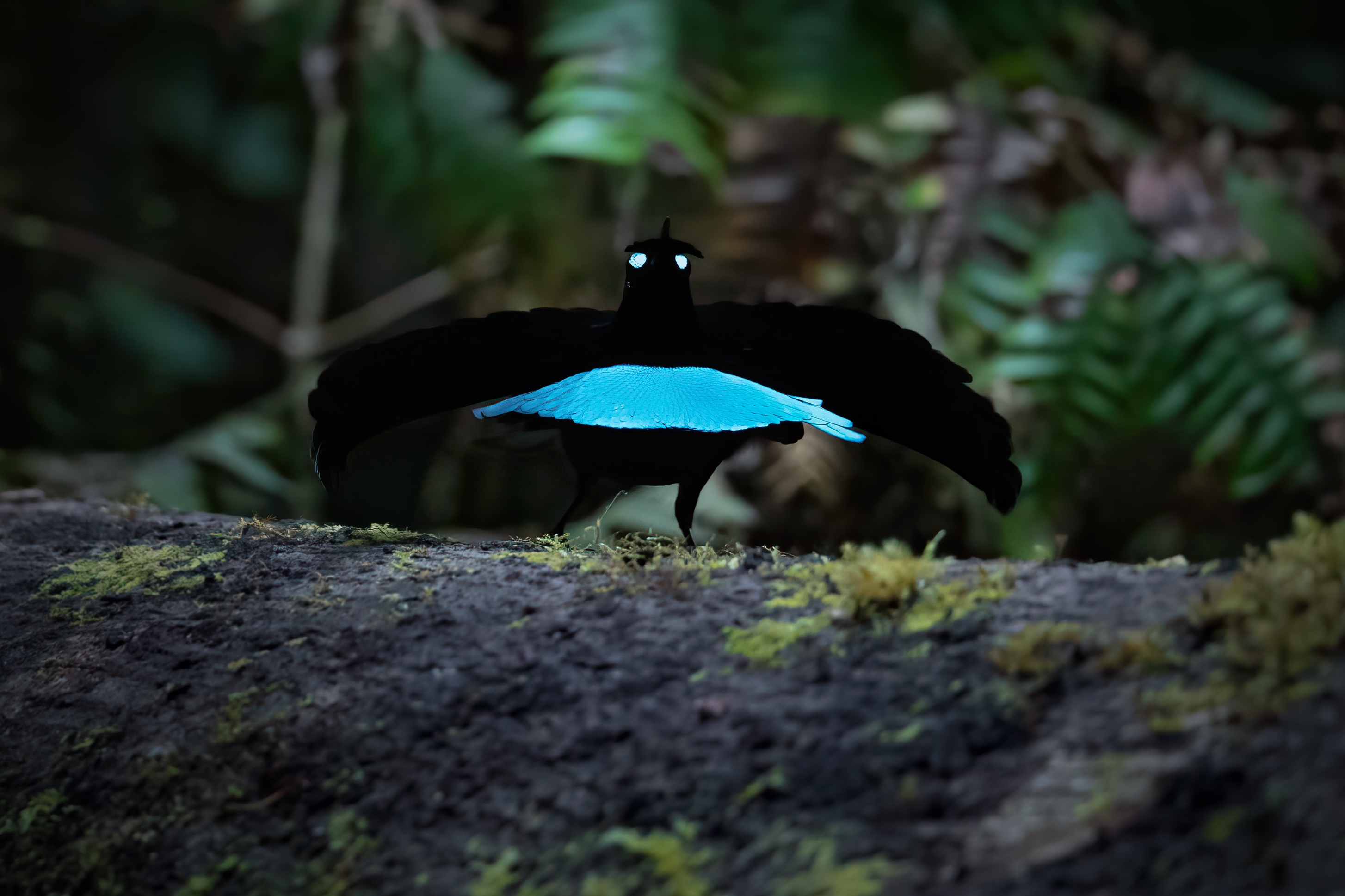
Source: wikipedia
7. Indian Great Hornbill (Buceros bicornis) – Known for its massive bill and vibrant casque, symbolizing longevity in Indian culture.
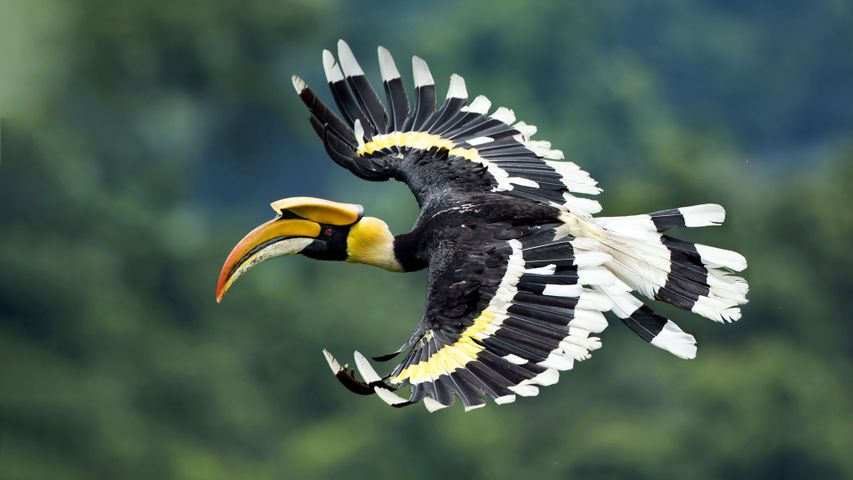
Source: peapix.com
8. Harpy Eagle (Harpia harpyja) – One of the most powerful raptors, found in the rainforests of Central and South America, with striking crest feathers.
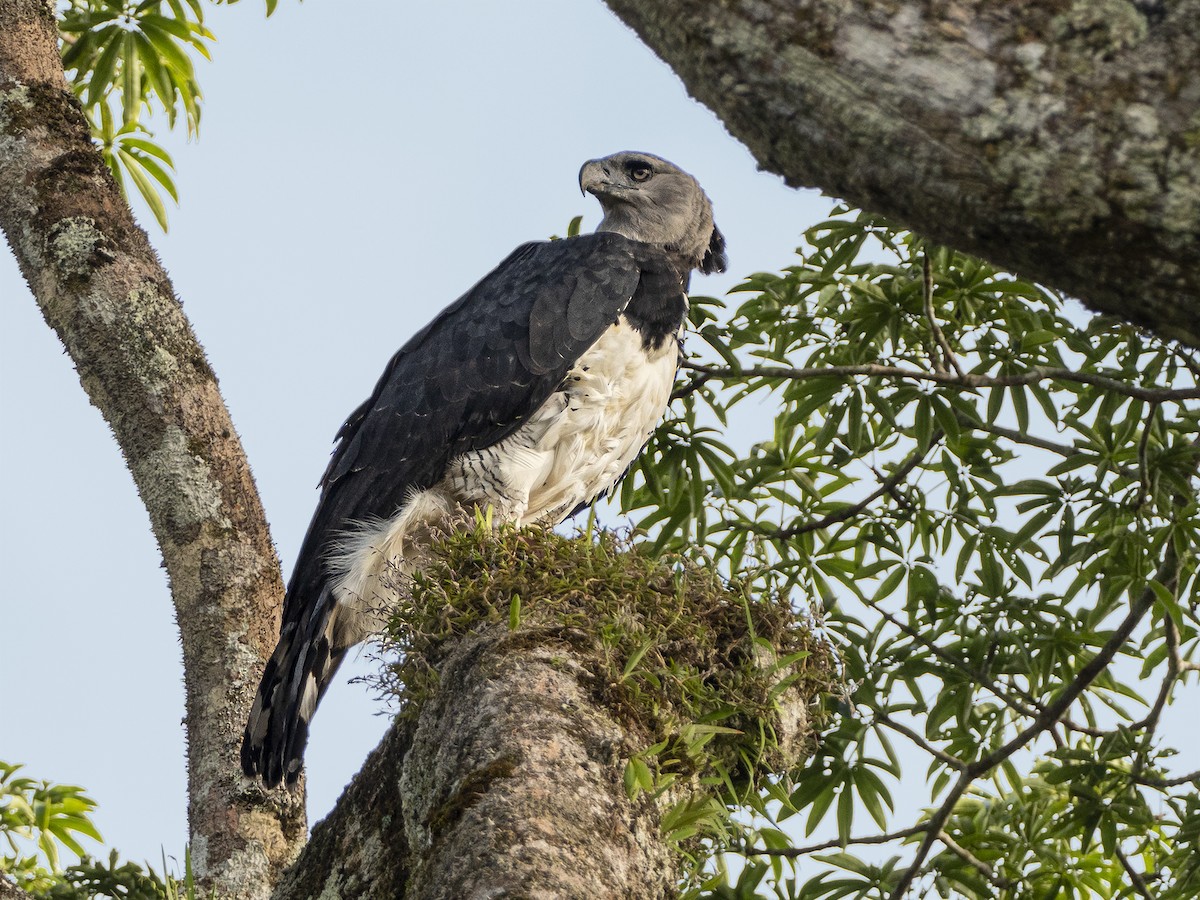
Source: birdsoftheworld.org
9. Wallace’s Standardwing (Semioptera wallacii) – A bird-of-paradise with unique wing plumes, endemic to the Maluku Islands of Indonesia.
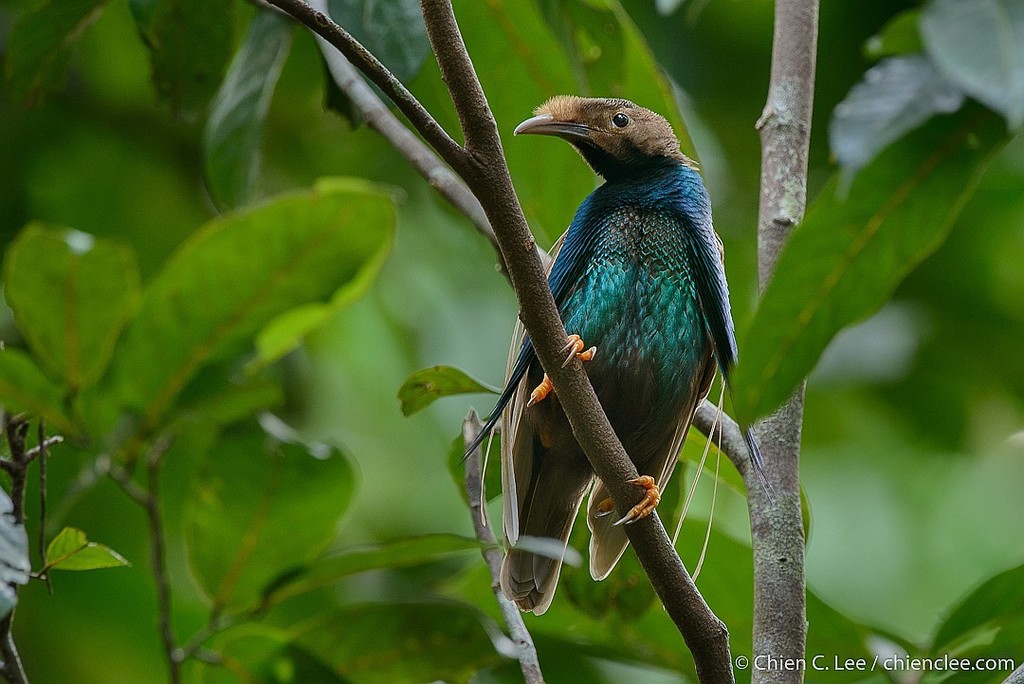
Source: http://www.inaturalist.org
10. Blue-eyed Ground-Dove (Columbina cyanopis) – An extremely rare dove rediscovered in Brazil after being thought extinct.
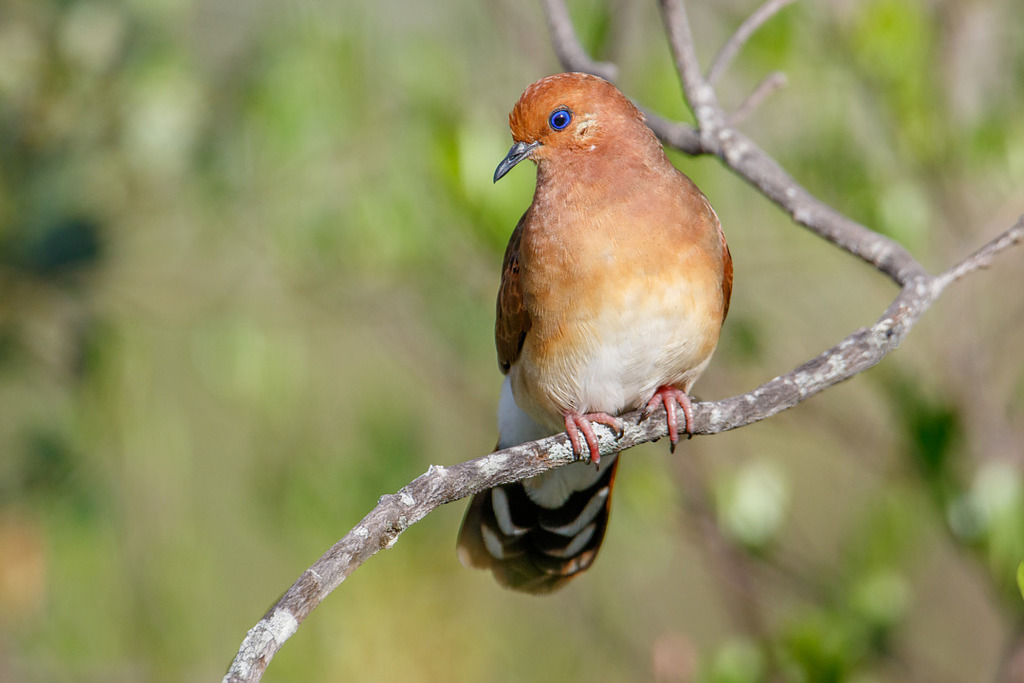
Source: http://www.inaturalist.org
What are the animal which are not allowed as pets in India
What are the animal which are not allowed as pets in India
Read lessIn India, certain animals are not allowed as pets due to legal, environmental, and ethical reasons. The primary law governing pet ownership in India is the Wildlife Protection Act of 1972, which prohibits the capture, trade, or keeping of specific wildlife species. Here are some animals that are notRead more
In India, certain animals are not allowed as pets due to legal, environmental, and ethical reasons. The primary law governing pet ownership in India is the Wildlife Protection Act of 1972, which prohibits the capture, trade, or keeping of specific wildlife species. Here are some animals that are not allowed as pets in India:
How does human body produces heat ?
How does human body produces heat ?
Read lessHeat us the degree of hotness or coldness of a body.The human body produces heat through a combination of processes, including: Metabolism The body metabolizes food to produce heat through chemical reactions and cellular respiration. The liver is a major source of metabolic heat. Muscle contractionsRead more
Heat us the degree of hotness or coldness of a body.The human body produces heat through a combination of processes, including:
Metabolism
The body metabolizes food to produce heat through chemical reactions and cellular respiration. The liver is a major source of metabolic heat.
Muscle contractions
Involuntary muscle contractions, like shivering, increase muscle cell activity and create heat. Voluntary muscle exertion and motion also produce heat.
Cellular respiration
Cellular respiration produces energy in the form of ATP, which is used for daily activities and the excess is released as heat.
Thyroid hormones
The hypothalamus releases thyroid hormones, which increase metabolic rate and heat production.
Blood friction
The friction of blood against blood vessel walls produces heat.
The body’s temperature is usually between 98 and 110 degrees Fahrenheit. The body’s ability to generate heat helps it resist exposure to low temperatures.
Who made kedarnath temple?
Who made kedarnath temple?
Read lessAccording to legend, the Kedarnath Temple was built by the Pandavas, the heroes of the Hindu epic, the Mahabharata. However, the temple was revived and reconstructed in the 8th century by Adi Shankaracharya, a great Indian scholar and philosopher
According to legend, the Kedarnath Temple was built by the Pandavas, the heroes of the Hindu epic, the Mahabharata. However, the temple was revived and reconstructed in the 8th century by Adi Shankaracharya, a great Indian scholar and philosopher
See lesswho named our planet earth?
who named our planet earth?
Read lessThe name "Earth" has evolved over centuries and has roots in multiple ancient languages. It is not attributed to a single individual, but rather to the collective influence of various cultures and languages over time. Origins in Germanic Languages: The modern English word "Earth" comes from the OldRead more
The name “Earth” has evolved over centuries and has roots in multiple ancient languages. It is not attributed to a single individual, but rather to the collective influence of various cultures and languages over time.
Origins in Germanic Languages: The modern English word “Earth” comes from the Old English word eorðe, which means ground, soil, or land. This term has connections to the Proto-Germanic ertho, which also referred to land or earth. These roots date back to the early Germanic languages and have evolved over centuries.
Greek and Latin Influence: In ancient Greek, the word for Earth was Gaia (Γαῖα), named after the Greek goddess of the Earth. In Latin, the term was terra, which referred to the soil or the ground beneath one’s feet. These words were used in various mythological and philosophical contexts, influencing later ideas of Earth in European thought.
No Singular “Namer”: Unlike the naming of many other celestial bodies, Earth’s name didn’t come from a specific individual or event but rather from a gradual linguistic evolution based on common use. The concept of Earth as a distinct planet or body within the cosmos emerged much later, particularly with the development of astronomy and modern science.
Thus, the name “Earth” came about through a long process of linguistic evolution rather than being bestowed by one person. It reflects a mix of cultural, historical, and mythological influences that have shaped our understanding of the planet.
See lessWhat is the smallest continent by land area?
What is the smallest continent by land area?
Read lessThe smallest continent by land area is Australia. Key Details: Land Area: Approximately 8.6 million square kilometers (3.3 million square miles). Features: It is the flattest and driest inhabited continent. Often referred to as the "island continent" because it is surrounded by water. Includes mainlRead more
The smallest continent by land area is Australia.
Despite being the smallest continent, Australia is home to unique biodiversity, vast deserts, and vibrant cities.
See lessWhat is the world’s largest retailer?
What is the world’s largest retailer?
Read lessThe world's largest retailer is Walmart, which operates thousands of stores globally and generates significant retail revenue. Walmart is also the largest retailer in the United States, with a vast network of locations.Following Walmart, the second-largest retailer is Amazon, which focuses heavily oRead more
The world’s largest retailer is Walmart, which operates thousands of stores globally and generates significant retail revenue. Walmart is also the largest retailer in the United States, with a vast network of locations.Following Walmart, the second-largest retailer is Amazon, which focuses heavily on eCommerce and has established itself as the largest online retailer worldwide.
| Rank | Retailer | Revenue (in billions) | Number of Stores | Countries |
|---|---|---|---|---|
| 1 | Walmart | $635 | 10,569 | 19 |
| 2 | Amazon | $359.9 | 589 | 21 |
Walmart continues to lead the retail market, significantly outpacing its closest competitor, Amazon, in terms of total revenue.
See lessWhich country has the highest life expectancy?
Which country has the highest life expectancy?
Read lessThere are many but Monaco stands first in the list. Monaco,one of the smallest countries of the world, has the highest life expectancy with an average life expectancy of 89 years for women and 84 years for men, so overall average life expectancy of the country is 87 years as of 2023.In general, womeRead more
There are many but Monaco stands first in the list.
Monaco,one of the smallest countries of the world, has the highest life expectancy with an average life expectancy of 89 years for women and 84 years for men, so overall average life expectancy of the country is 87 years as of 2023.In general, women have a higher average life expectancy than men. Genetics and lifestyle choices are the two main factors that determine life expectancy.Other countries with high life expectancies are Singapore, Macau, Japan, Hong Kong etc.
which is the smallest city in the world
which is the smallest city in the world
Read lessThe Vatican City, a city-state surrounded by Rome, Italy, is the headquarters of the Roman Catholic Church. It's home to the Pope and a trove of iconic art and architecture. Its Vatican Museums house ancient Roman sculptures such as the famed “Laocoön and His Sons” as well as Renaissance frescoes inRead more
The Vatican City, a city-state surrounded by Rome, Italy, is the headquarters of the Roman Catholic Church. It’s home to the Pope and a trove of iconic art and architecture. Its Vatican Museums house ancient Roman sculptures such as the famed “Laocoön and His Sons” as well as Renaissance frescoes in the Raphael Rooms and the Sistine Chapel, famous for Michelangelo’s ceiling.
total area: 121 hectares
language: Italian, Latin
Population: 764 (Jun 2023)
Sistine Chapel
San Mar
See less
The first known map of India was created by the Greek cartographer Ptolemy in the 2nd century CE. Ptolemy’s map, as part of his work Geographia, depicted a fairly accurate representation of the Indian subcontinent based on the accounts of earlier Greek explorers, traders, and travelers. However, it’Read more
The first known map of India was created by the Greek cartographer Ptolemy in the 2nd century CE. Ptolemy’s map, as part of his work Geographia, depicted a fairly accurate representation of the Indian subcontinent based on the accounts of earlier Greek explorers, traders, and travelers.
However, it’s important to note that maps of India existed even before Ptolemy, though they were less detailed and were often based on ancient Indian traditions of geography and astronomy. Aryabhata, the ancient Indian astronomer and mathematician, is known to have contributed to early mapping and astronomical models in the 5th century CE.
In the context of more detailed, modern maps, European explorers in the 15th and 16th centuries (such as the Portuguese) also created more accurate maps of India as part of their exploration efforts.
See less